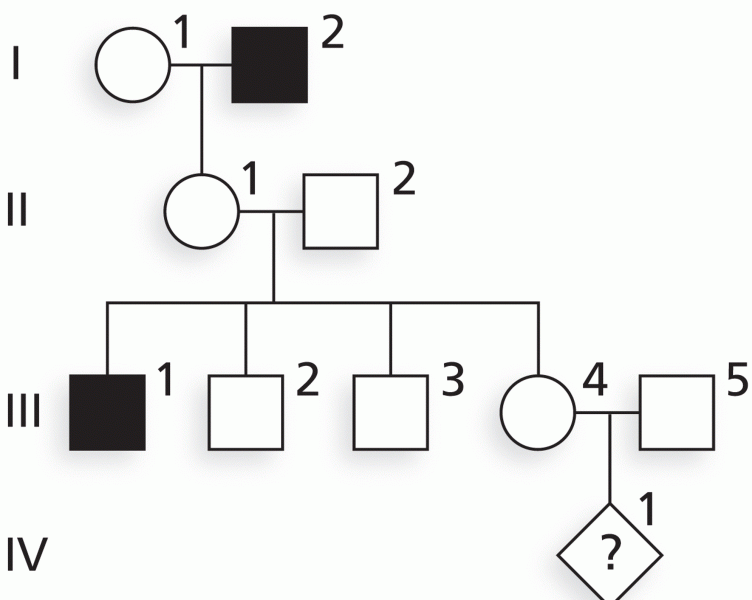|
|
|
There are more nerve cells in one human brain than there are stars in the Milky Way.
The use of salicylates dates back 2,500 years to Hippocrates’s recommendation of willow bark (from which a salicylate is derived) as an aid to the pains of childbirth. However, overdosage of salicylates can harm body fluids, electrolytes, the CNS, the GI tract, the ears, the lungs, the blood, the liver, and the kidneys and cause coma or death.
Critical care patients are twice as likely to receive the wrong medication. Of these errors, 20% are life-threatening, and 42% require additional life-sustaining treatments.
The human body's pharmacokinetics are quite varied. Our hair holds onto drugs longer than our urine, blood, or saliva. For example, alcohol can be detected in the hair for up to 90 days after it was consumed. The same is true for marijuana, cocaine, ecstasy, heroin, methamphetamine, and nicotine.
Atropine was named after the Greek goddess Atropos, the oldest and ugliest of the three sisters known as the Fates, who controlled the destiny of men.
 reactions of an ester with a carboxylate group to form an anhydride. The R group is the same in each
reactions of an ester with a carboxylate group to form an anhydride. The R group is the same in each
 Some clues about the importance of language experience come from the tragic case of Genie, a girl ...
Some clues about the importance of language experience come from the tragic case of Genie, a girl ...





